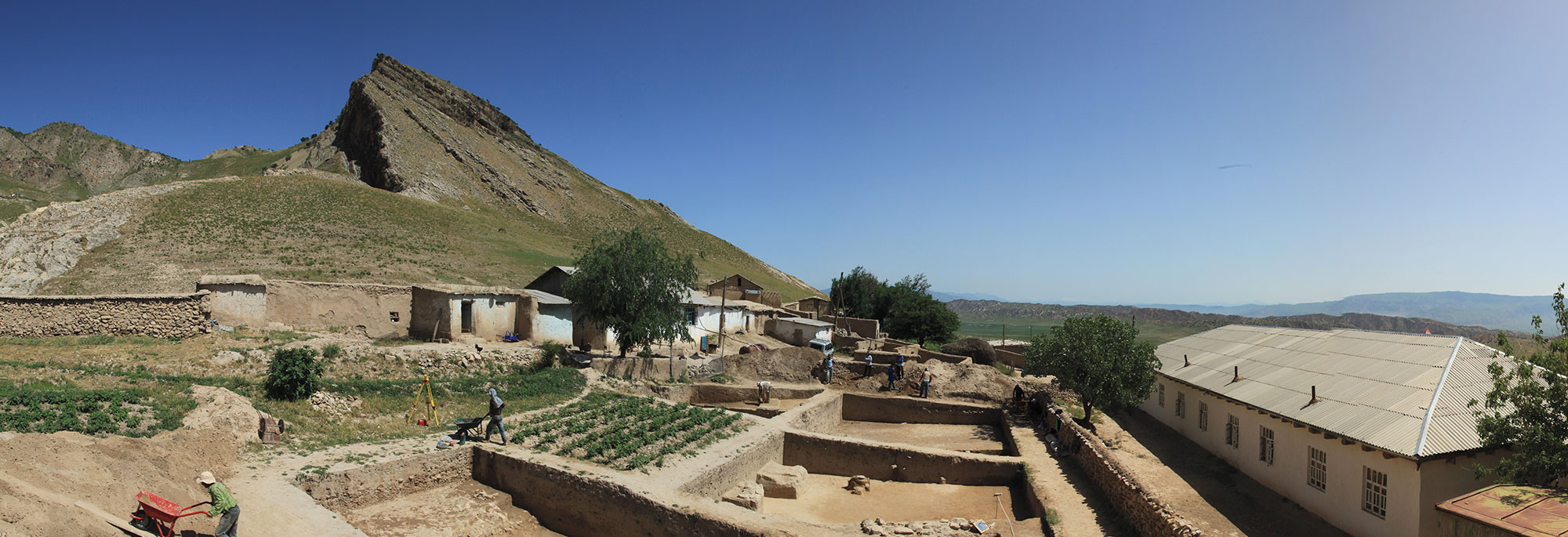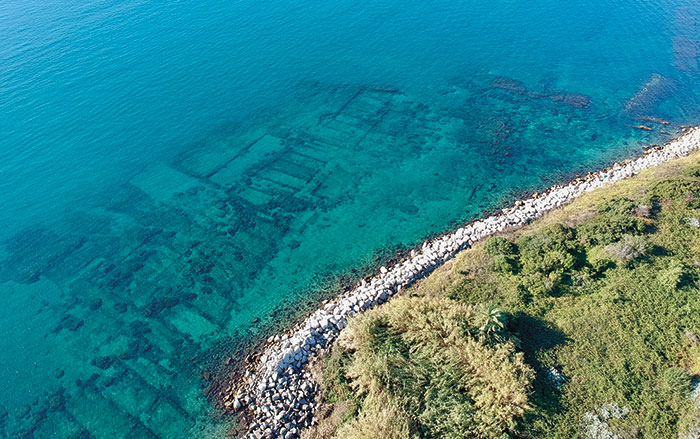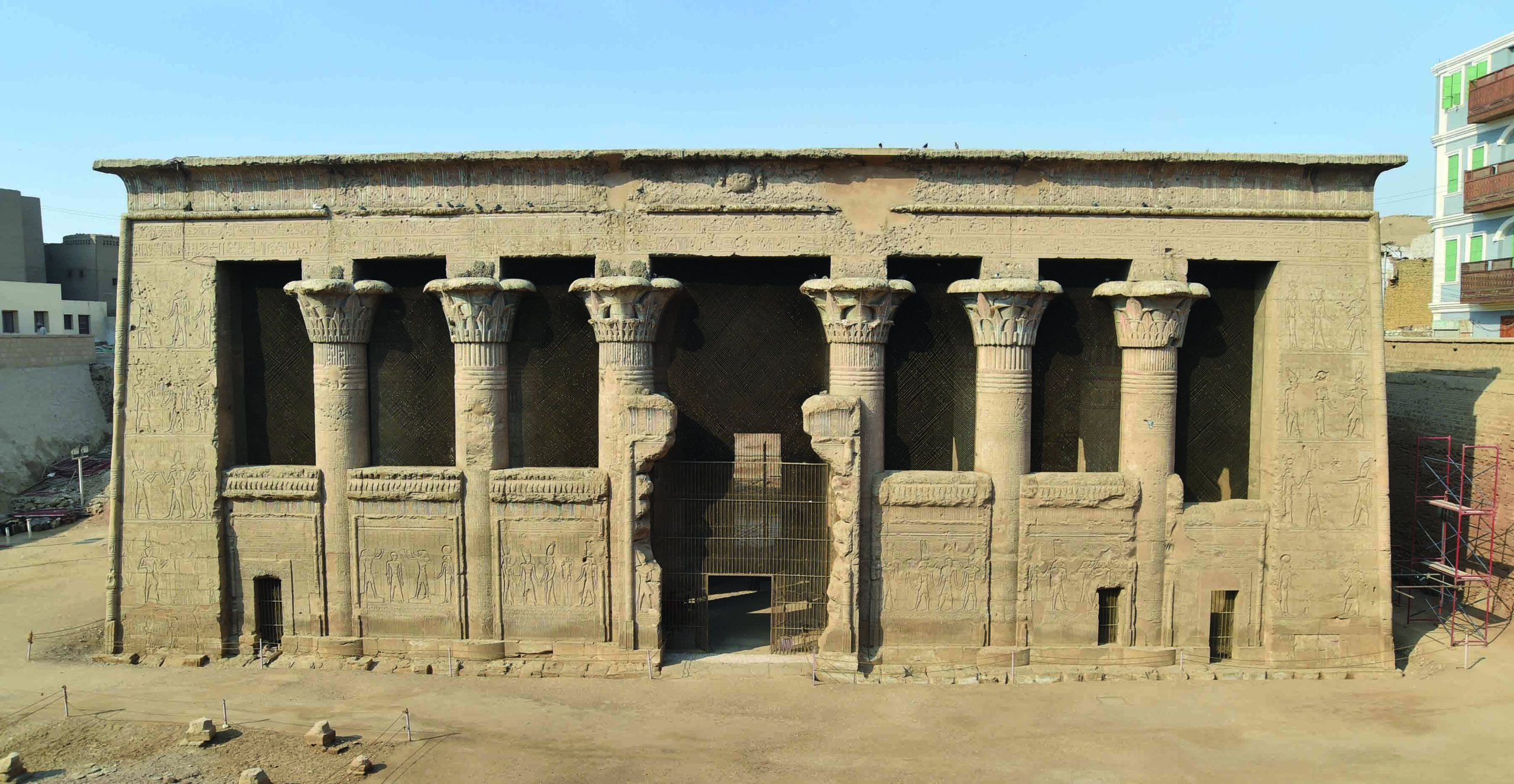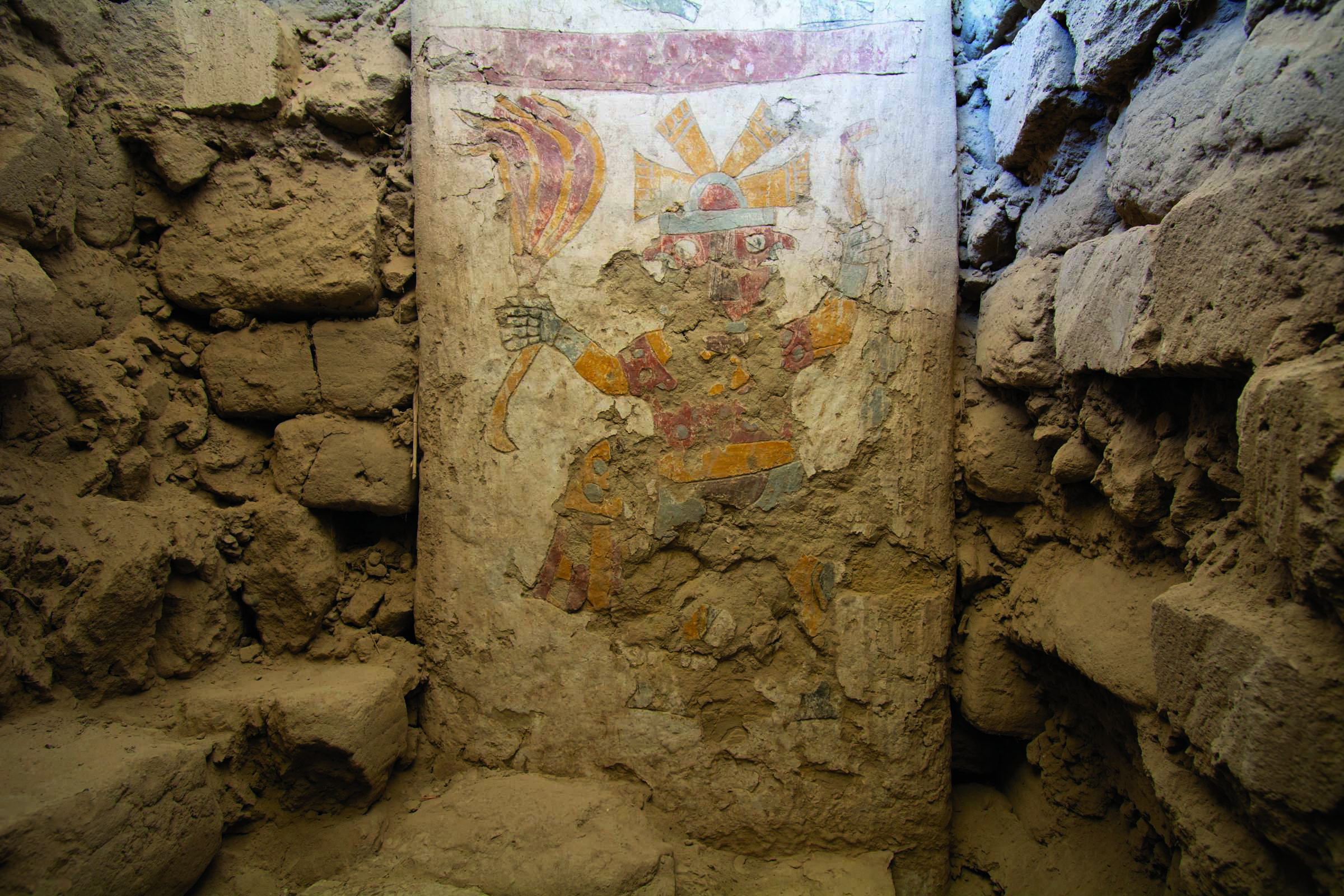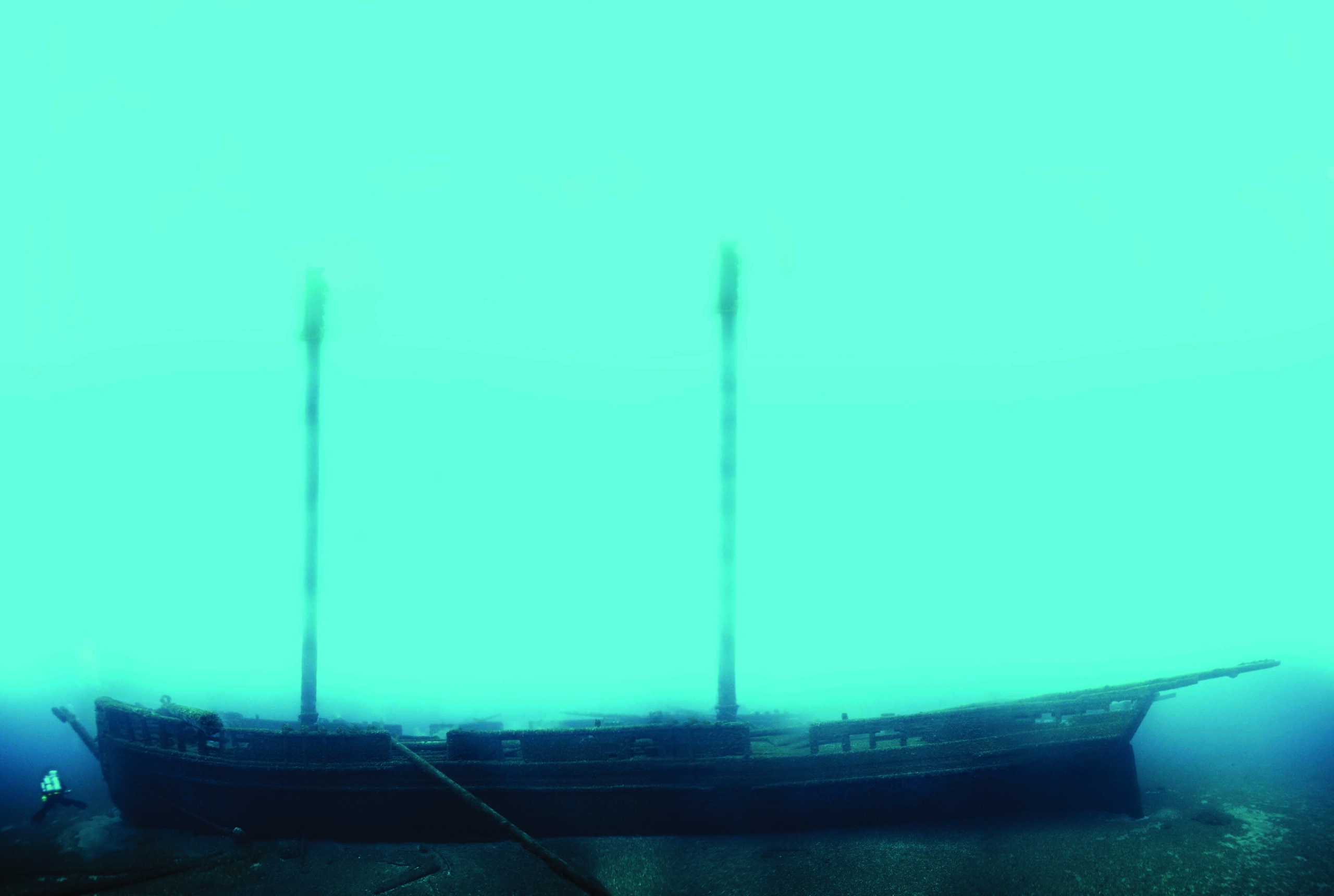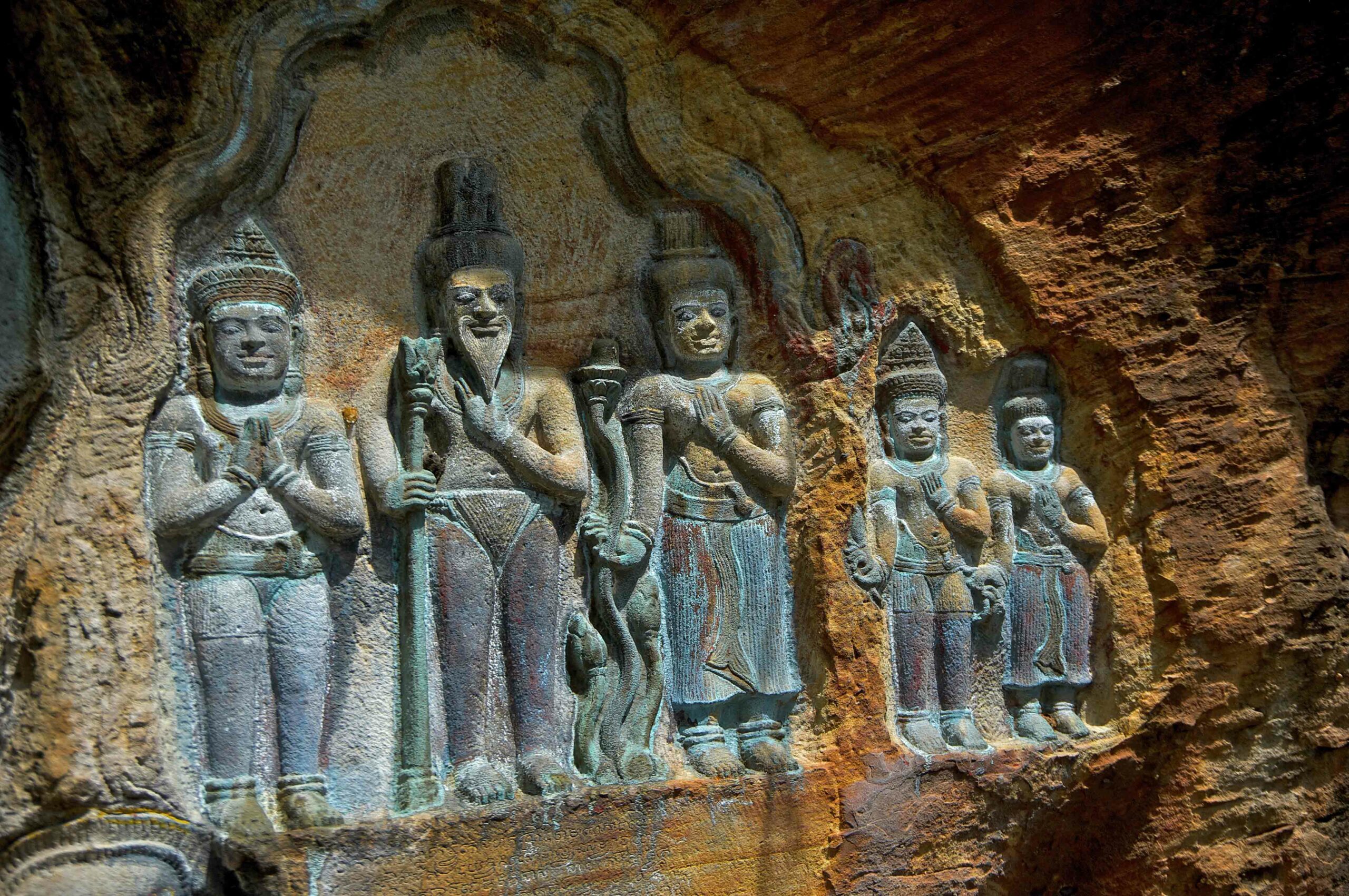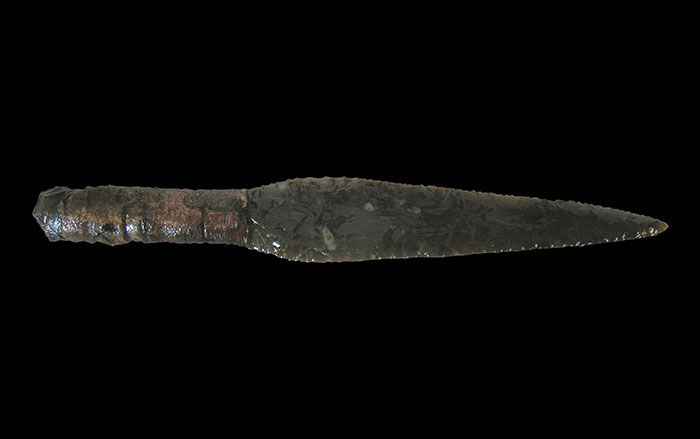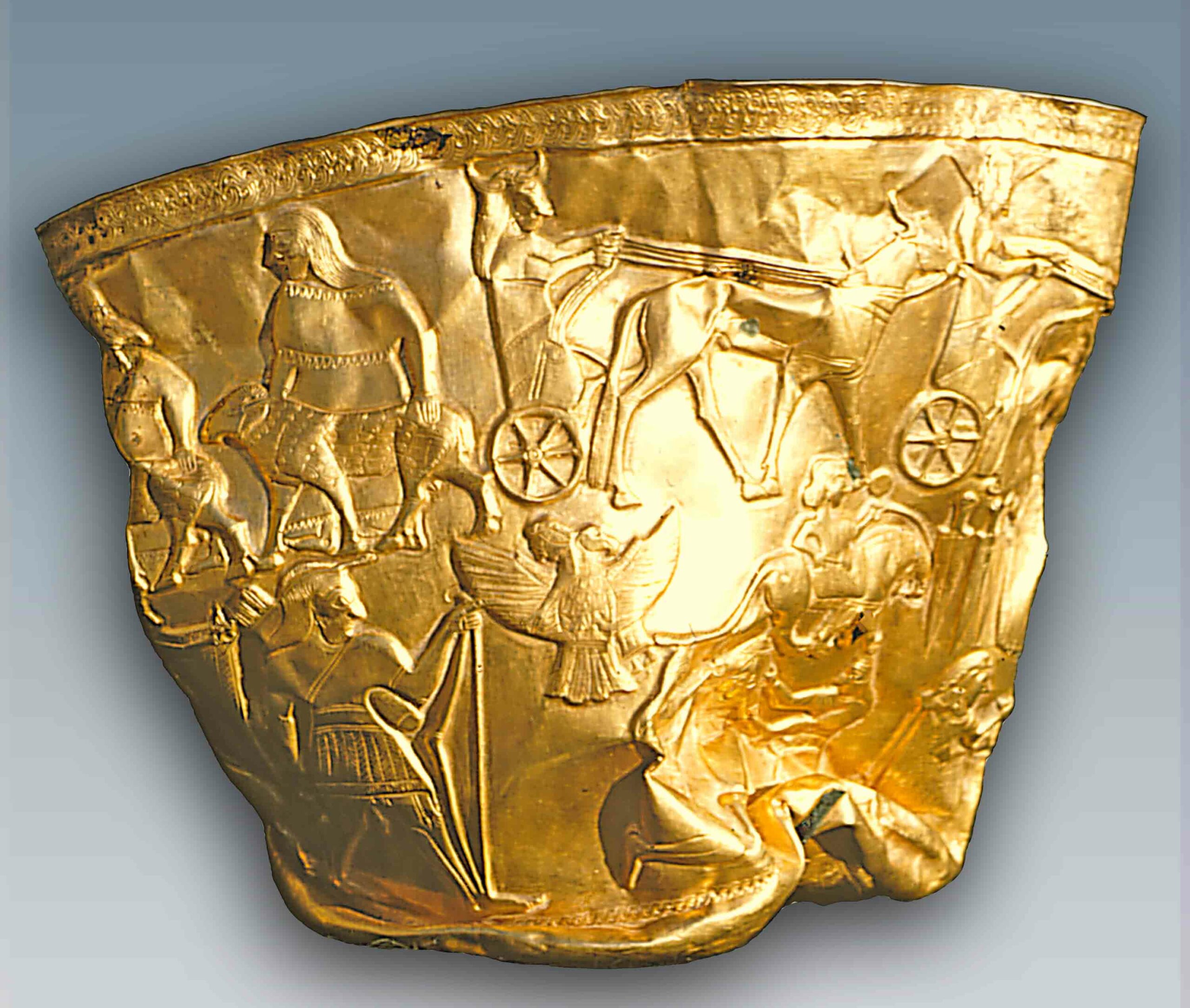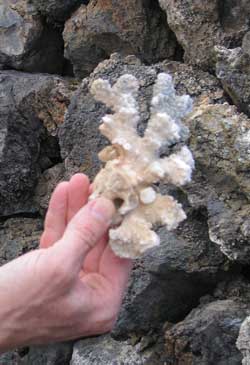
BERKELEY, CALIFORNIA—Uranium/thorium dating of pieces of the small, stony coral Pocillopora meandrina that were left as offerings on altars or incorporated into the stone walls of Maui’s heiau, or temples, has been used to determine when the temples were constructed. Patrick Kirch of the University of California, Berkeley, says that signs of a temple-building boom could indicate a period of political consolidation. Hawaiian rulers would build shrines and temples near farmland and other areas of food production to strengthen their symbolic association with the gods of flowing waters, irrigation, the taro plant, dryland farming, and the sweet potato. “The chiefs and kings extracted surplus production from the commoners and used this to underwrite their own interests, such as supporting craft specialists and warriors,” Kirch told Western Digs. The new dates suggest that the heiau were built over a period of about 150 years ending around the year 1700. “This is the same time during which the Hawaiian oral traditions indicate that Maui island was consolidated into a single kingdom, under the reigns of King Pi’ilani and his successors Kiha-a-Pi’ilani and Kamalalawalu,” Kirch said. To read about the final resting place of one of Hawaii's greatest kings, see "Lost Tombs: Kamehameha I, King of Hawaii."


